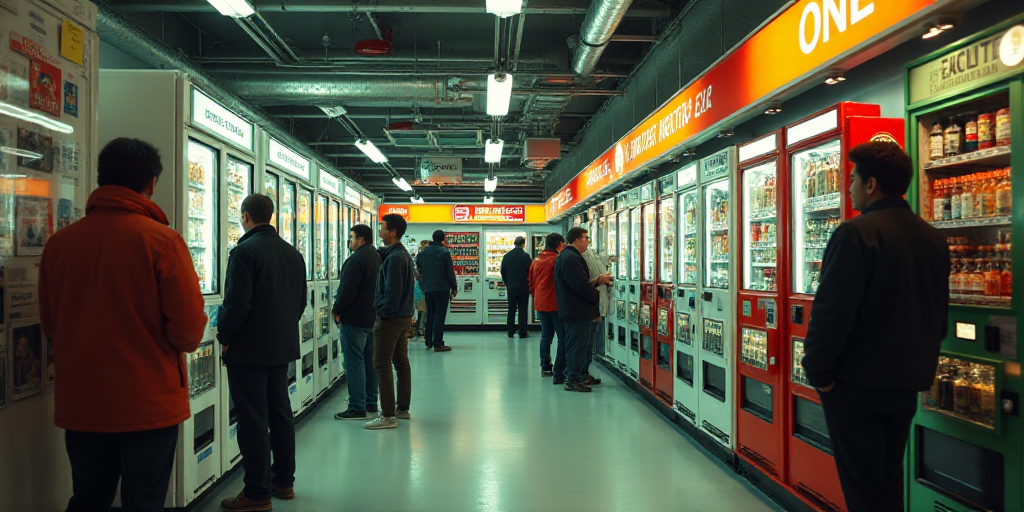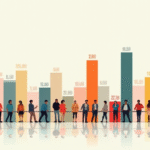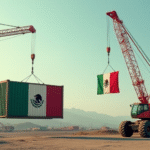Background on Key Figures
Donald Trump: The current President of the United States, who has implemented broad tariffs on most US trading partners and on steel, aluminum, and automobile imports. He claims that inflation is no longer a concern.
Jerome Powell: The Chair of the Federal Reserve (Fed), who anticipated that the PCE index would increase to 2.3% in May.
Inflation Data and Analysis
According to the official Personal Consumption Expenditures (PCE) index released on Friday, inflation in the United States has risen again in May, as expected by analysts and in line with the Federal Reserve’s reference. The PCE index increased by 2.3% in the twelve months ending in May, up from the previously revised 2.2% in April.
The data comes at a time when President Donald Trump asserts that inflation is no longer an issue. However, analysts had anticipated this rise according to the MarketWatch consensus.
Since taking office in January, Trump has imposed broad tariffs on the majority of the US’s trading partners and on steel, aluminum, and automobile imports. These tariffs have not yet resulted in a general increase in prices, partly because Trump has reduced or postponed the implementation of higher tariffs and businesses have relied on existing inventories to avoid passing costs onto consumers.
This situation has led Trump to claim there is no “inflation” and demand that the Federal Reserve lower its target reference rates to stimulate the economy.
Fed’s Response and Future Outlook
Economists, however, expect it to take several months for tariffs to reflect in consumer prices. The Federal Reserve has been cautious, maintaining target rates at 4.25% to 4.5% for the fourth consecutive meeting.
The Fed keeps rates high when inflation is elevated to cool down consumption and subsequently curb upward pressure on prices. Conversely, when inflation is low, the central bank can lower rates to boost economic activity.
The recent data indicates that underlying inflation, excluding volatile food and energy prices, was 2.7% over twelve months—slightly above expectations.
Key Questions and Answers
- Q: Who are the key figures mentioned in this article? The key figures are President Donald Trump and Federal Reserve Chair Jerome Powell.
- Q: What tariffs has President Trump implemented? President Trump has imposed broad tariffs on most US trading partners and on steel, aluminum, and automobile imports.
- Q: How has inflation risen in the US recently? Inflation rose to 2.3% in May, according to the PCE index, up from 2.2% in April.
- Q: What is the Federal Reserve’s current stance on interest rates? The Fed has kept target rates between 4.25% and 4.5% for the past four meetings, maintaining a cautious approach due to recent inflation data.
- Q: What is the current state of underlying inflation? Underlying inflation, excluding food and energy prices, was 2.7% over twelve months, slightly above expectations.






